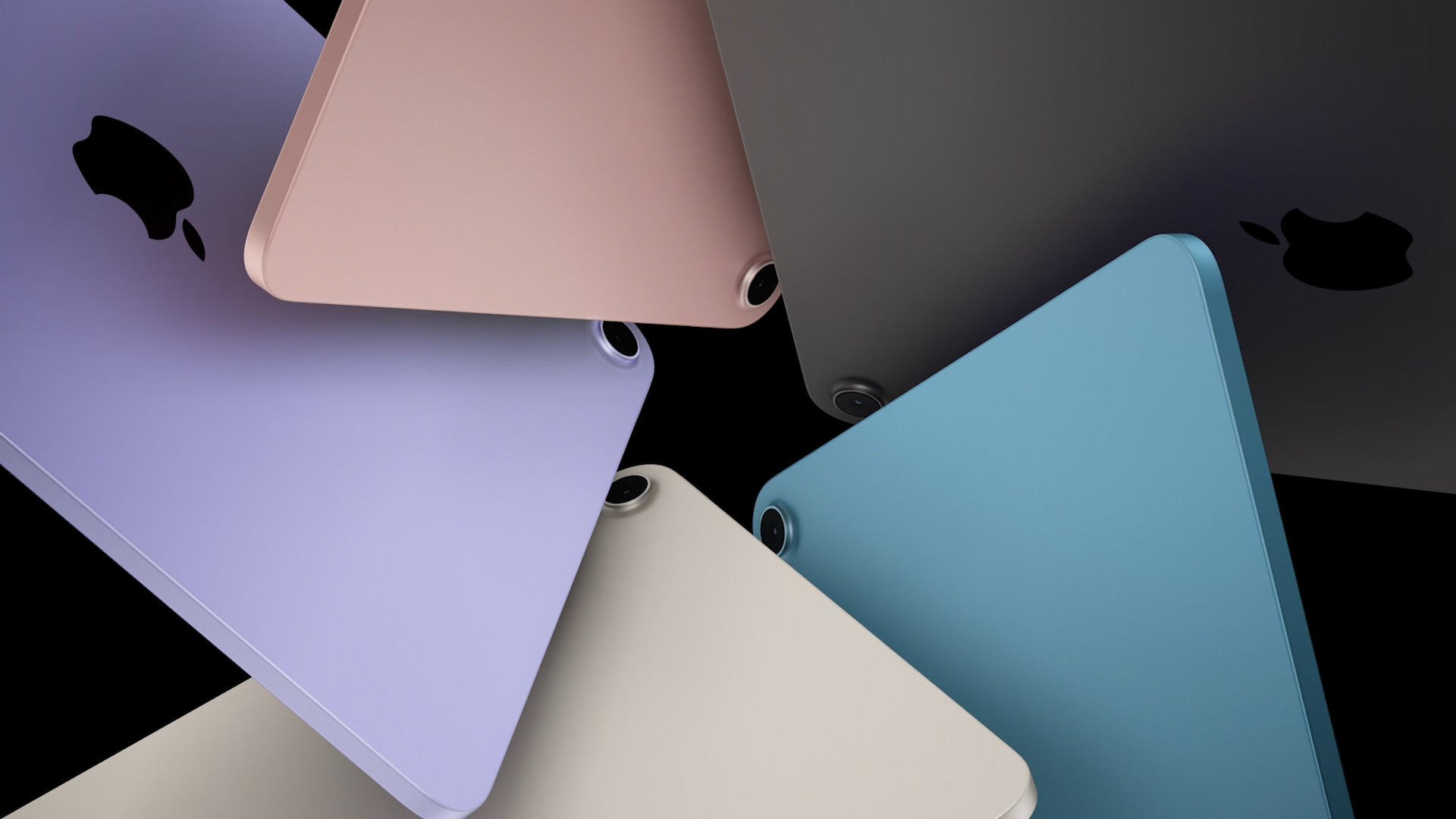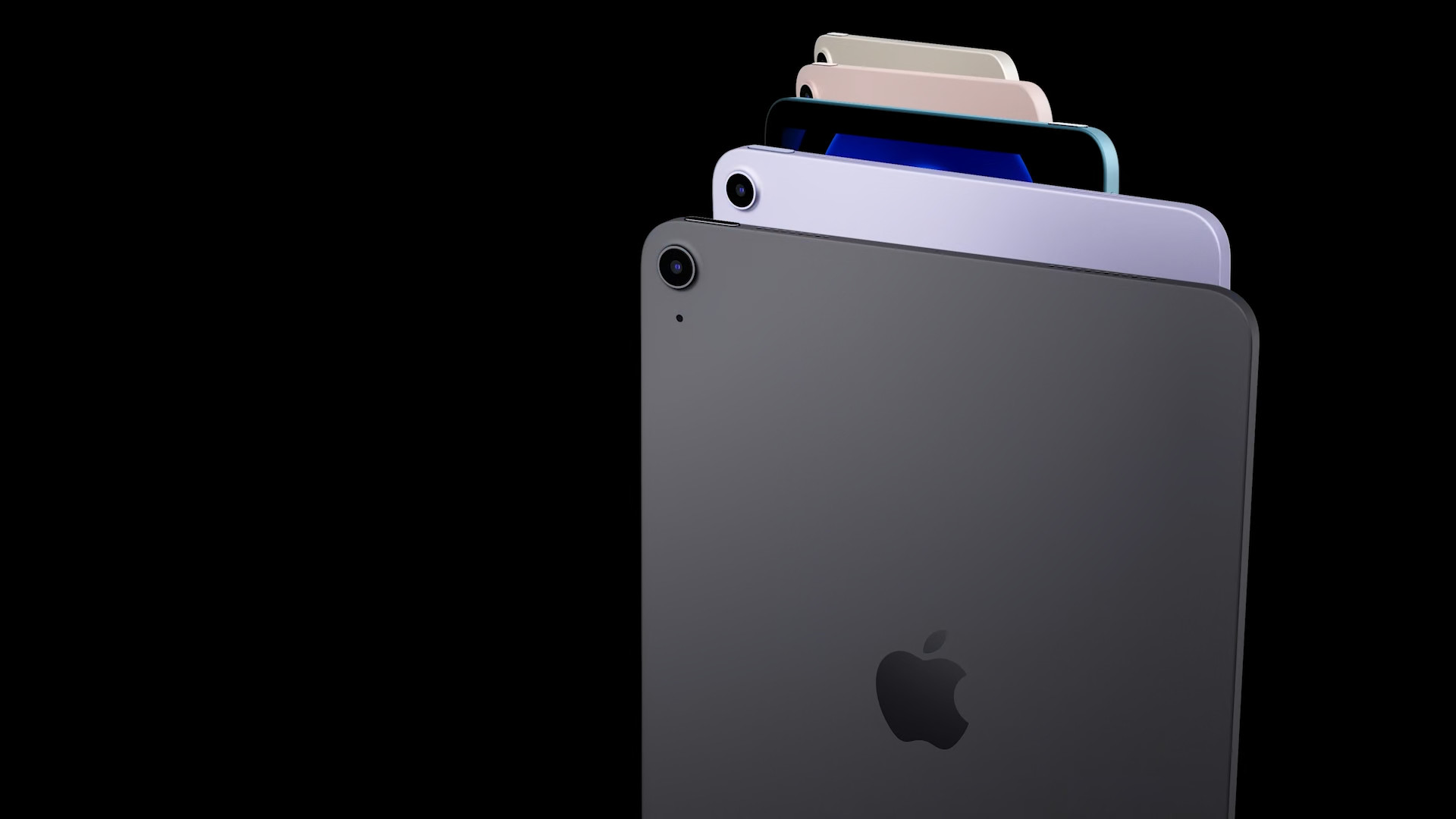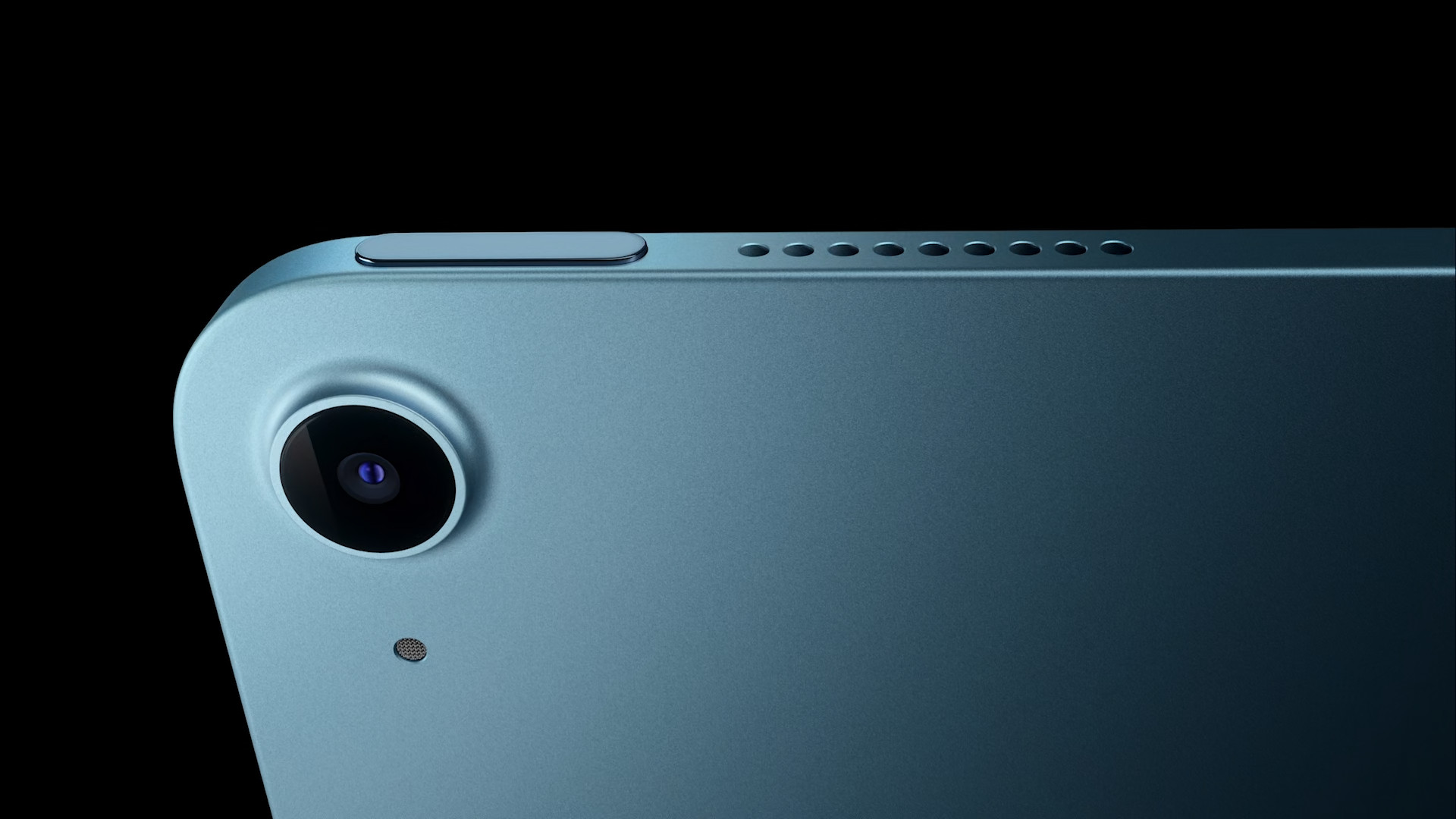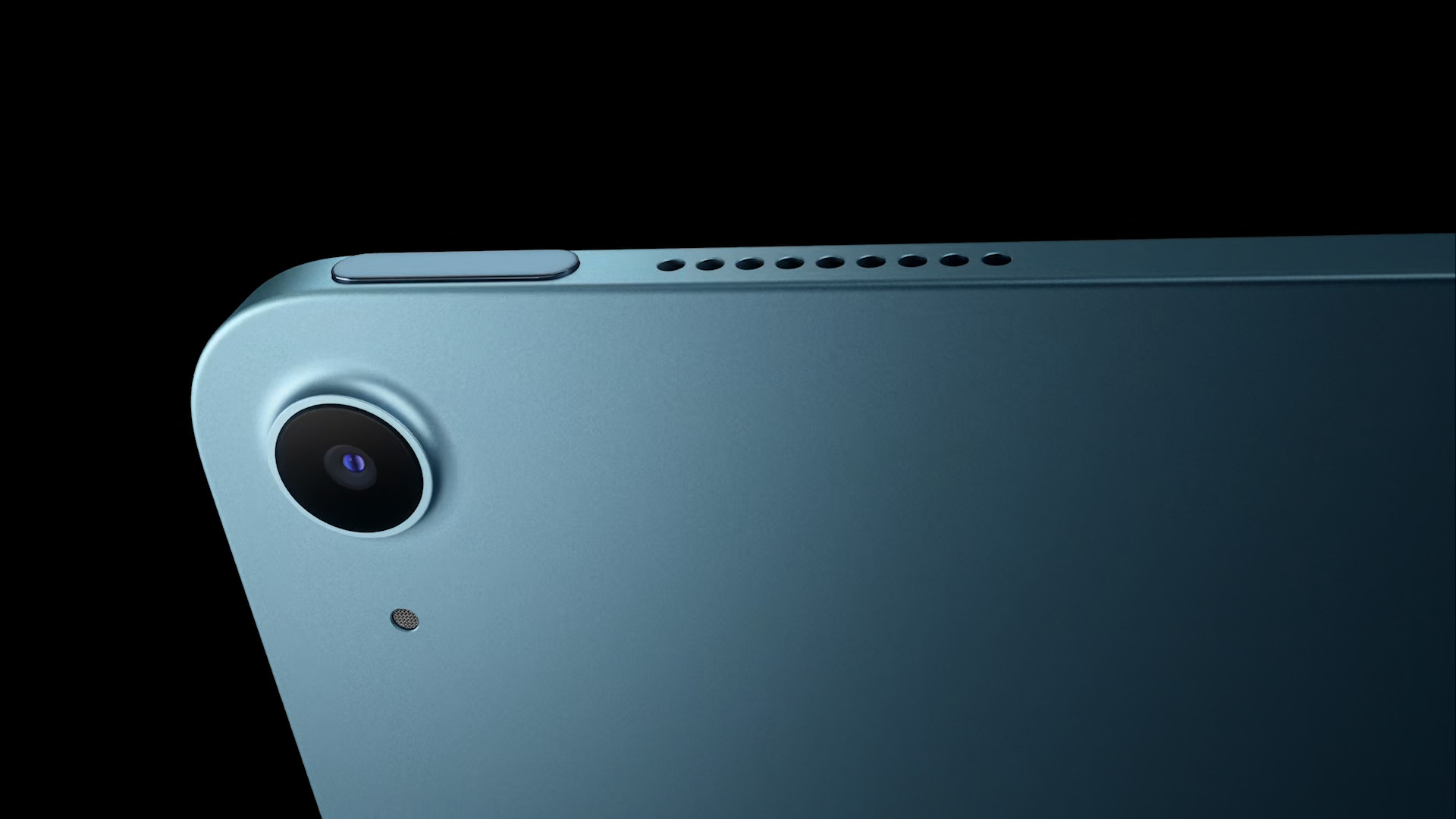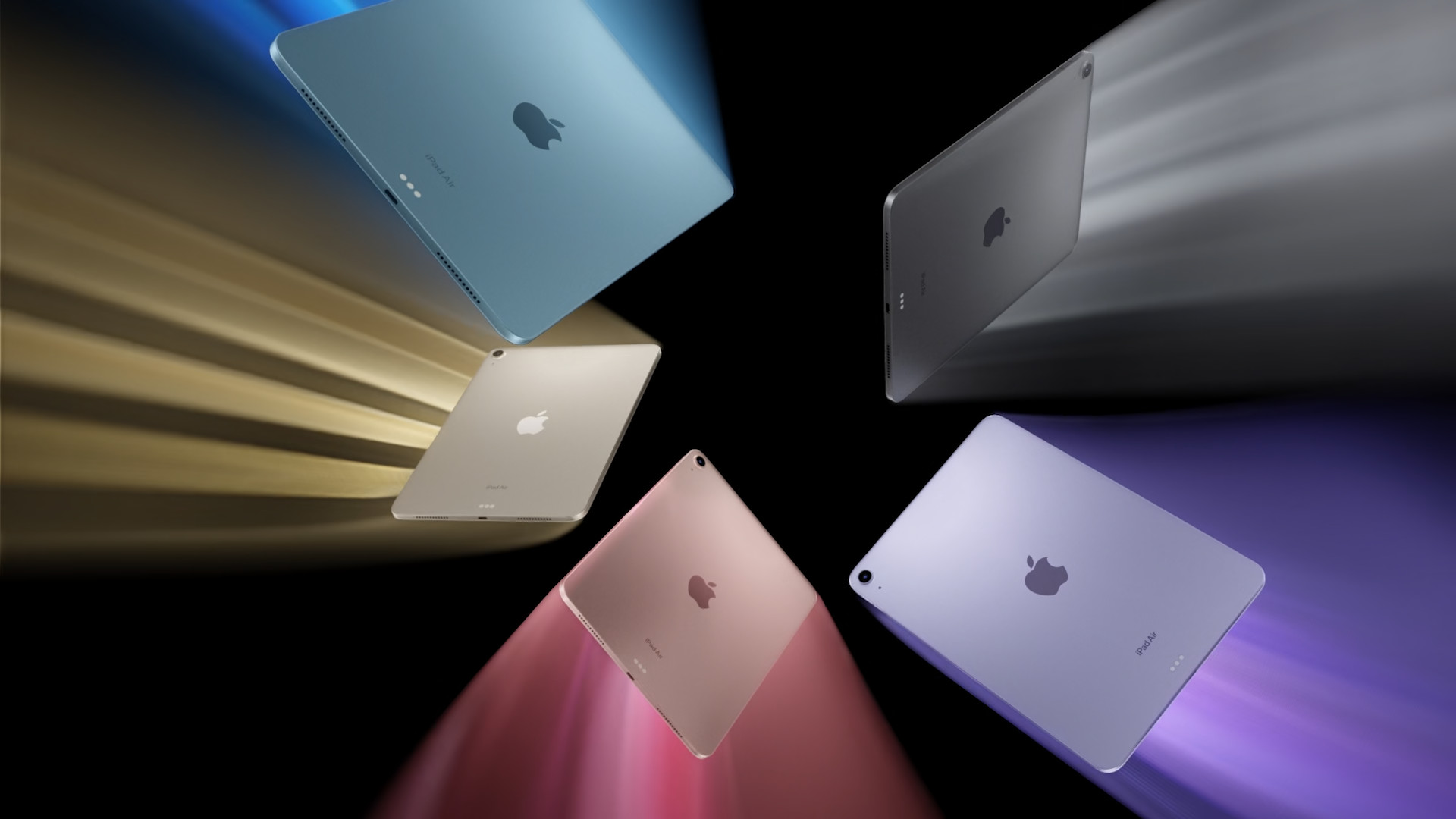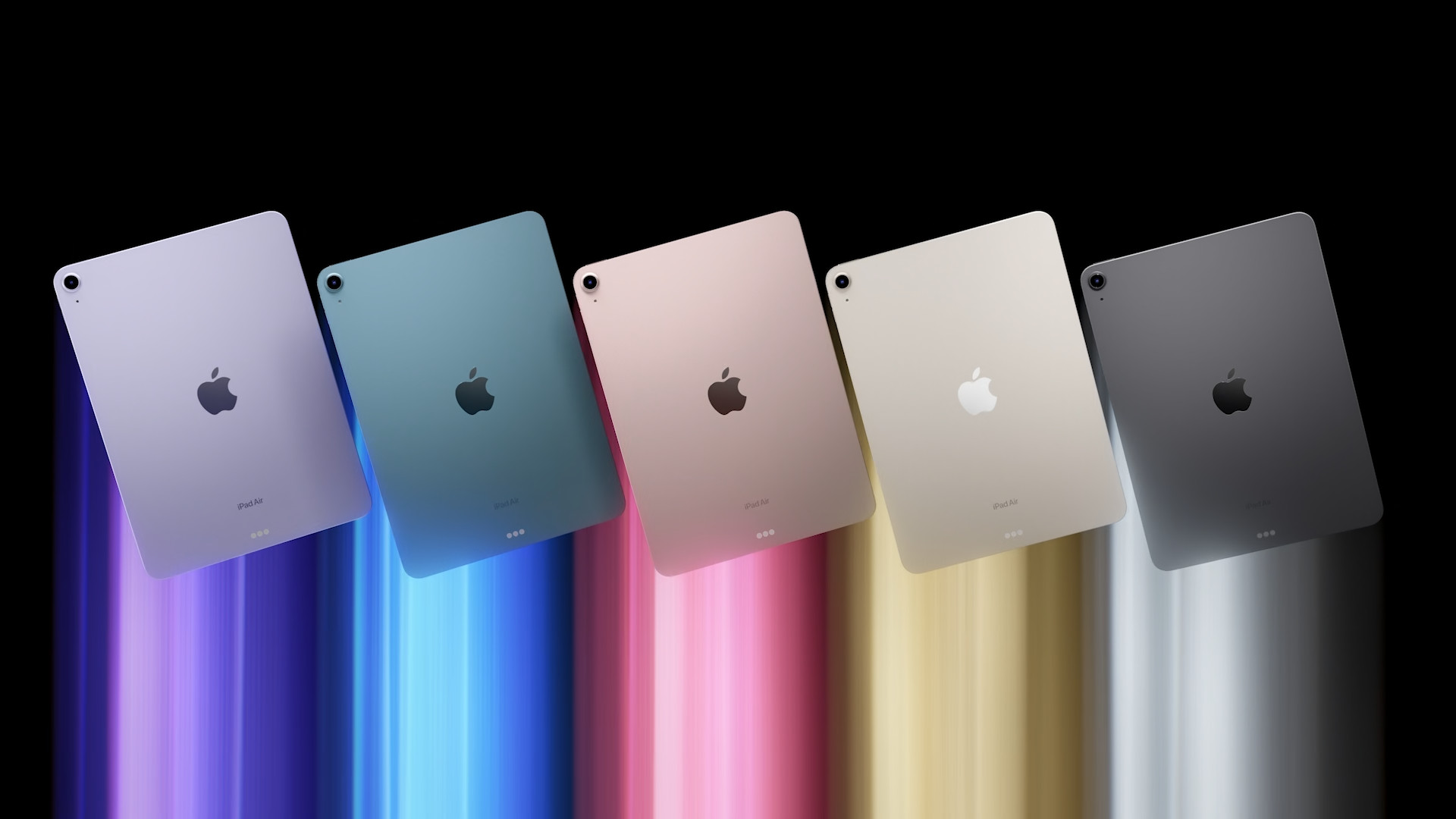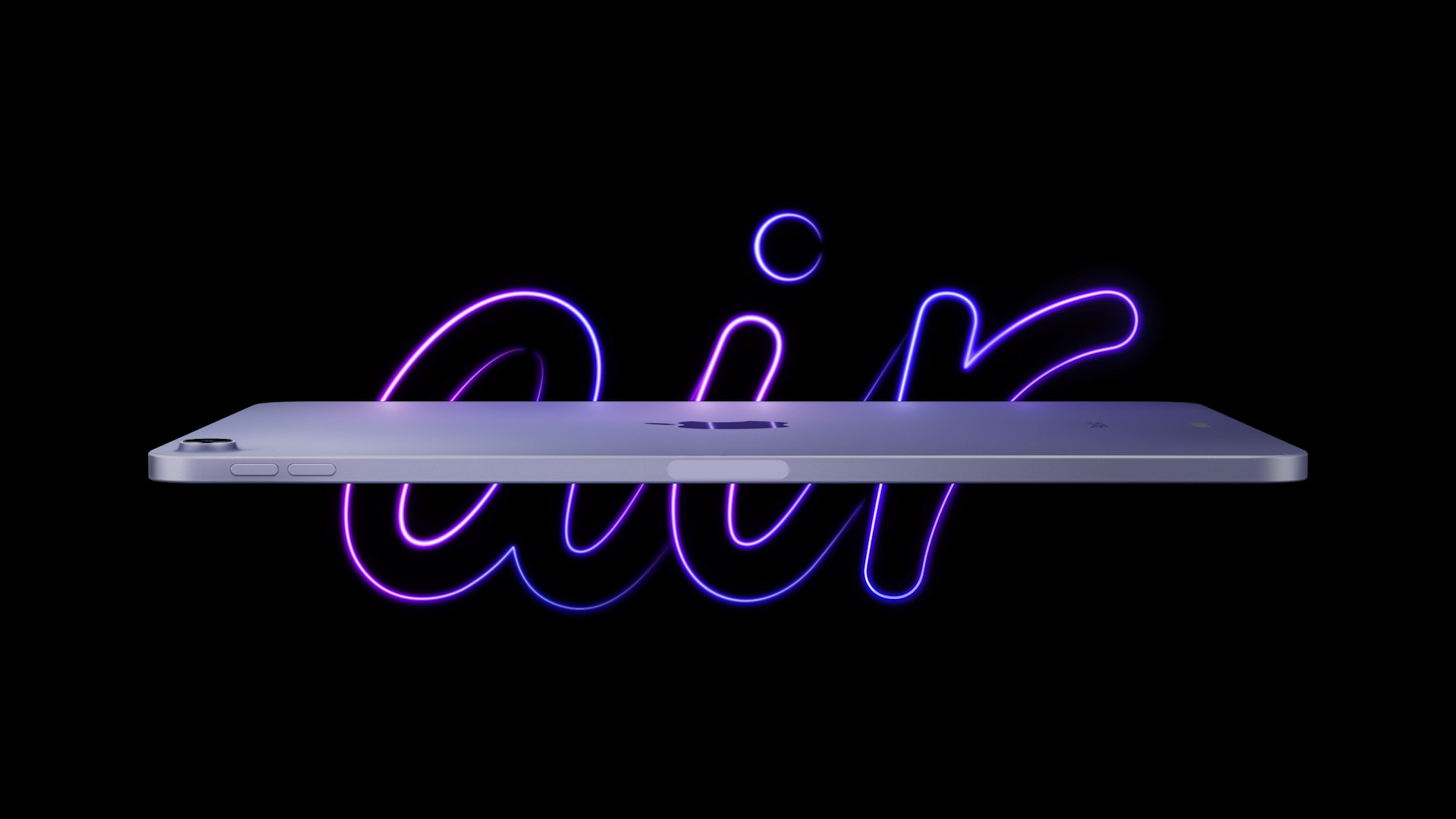Apple ushered in a new era for its computers when it switched from Intel processors to Apple Silicon. The current proprietary solution offers significantly higher performance while maintaining energy efficiency, which is enjoyed by practically all users of these devices, who consider it a perfect step forward. In addition, last year Apple managed to surprise us with another change related to Apple Silicon chips. The M1 chip, which beats in basic Macs such as the MacBook Air (2020), 13″ MacBook Pro (2020), Mac mini (2020) and 24″ iMac (2021), has also received the iPad Pro. To make matters worse, the Cupertino giant took it a little further this year when it installed the same chipset in the new iPad Air.
It could be interest you
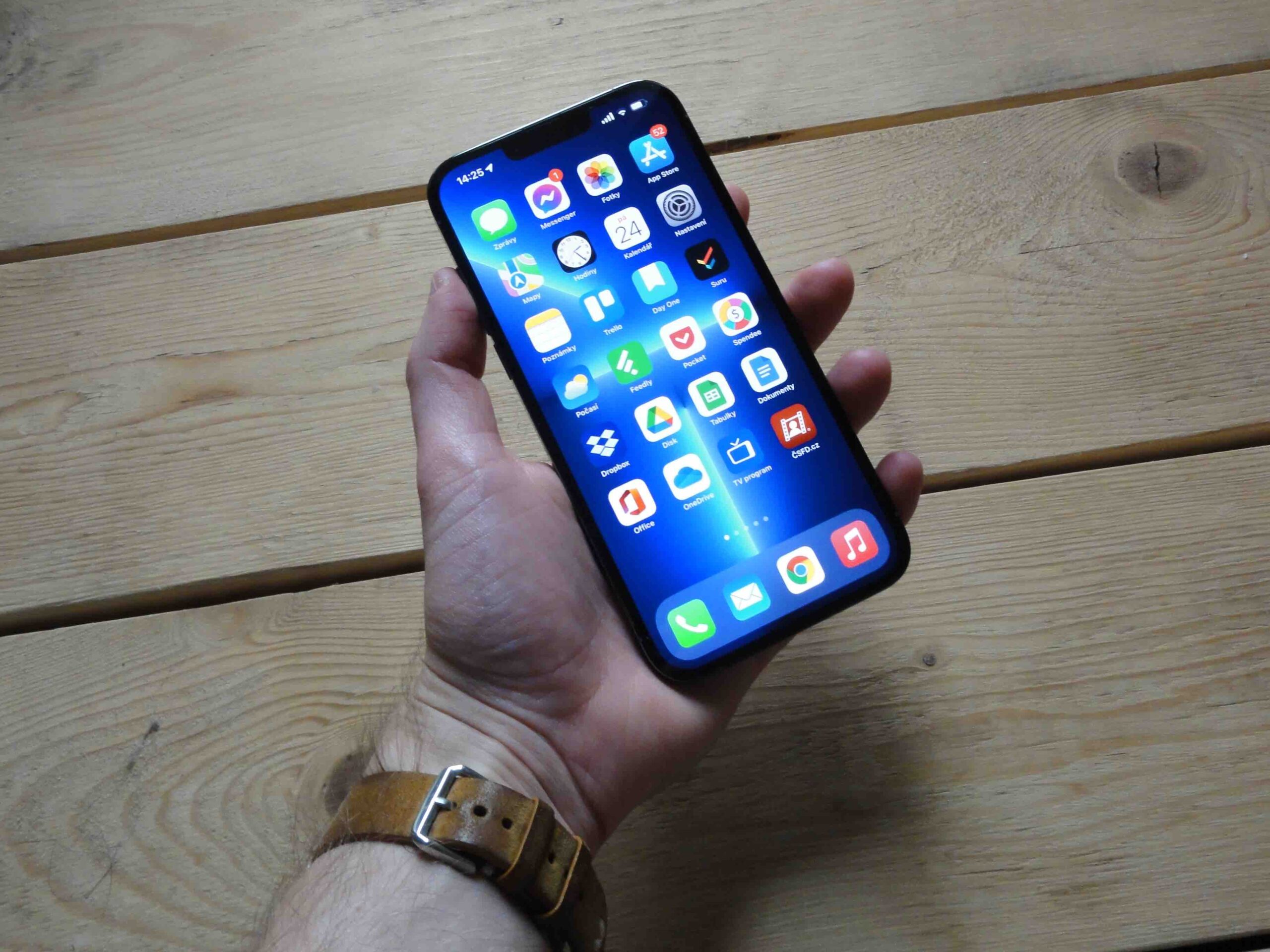
What is even more interesting is that it is one and the same chip in practically all devices. At first, Apple fans expected that, for example, the M1 would actually be found in iPads, just with slightly weaker parameters. Research in practice, however, says the opposite. The only exception is the already mentioned MacBook Air, which is available in a version with an 8-core graphics processor, while the rest have an 8-core one. So, with a clear conscience, we can say that in terms of performance, some Macs and iPads are exactly the same. Despite this, there is a wide gap between them.
The never-ending problem of operating systems
Since the days of the iPad Pro (2021), there has been an extensive discussion on a single topic among Apple users. Why does this tablet have such a high performance, if it absolutely cannot use it? And the aforementioned iPad Air has now stood by its side. In the end, this change makes more or less sense. Apple advertises its iPads in such a way that they can reliably replace Macs and much more. But what is the reality? Diametrically different. iPads rely on the iPadOS operating system, which is quite limiting, unable to use the full potential of the device's hardware and, moreover, does not understand multitasking at all. So it's no wonder that doubts about what such a tablet should even be good for are spreading on the discussion forums.
If we were to take, for example, the iPad Pro (2021) and the MacBook Air (2020) for comparison and look at the specifications, the iPad more or less comes out as the winner. This begs the question, why in reality is the MacBook Air significantly more popular and sold when their prices can be roughly the same? It all depends on the fact that one device is a full-fledged computer, while the other is just a tablet that cannot be used that well.
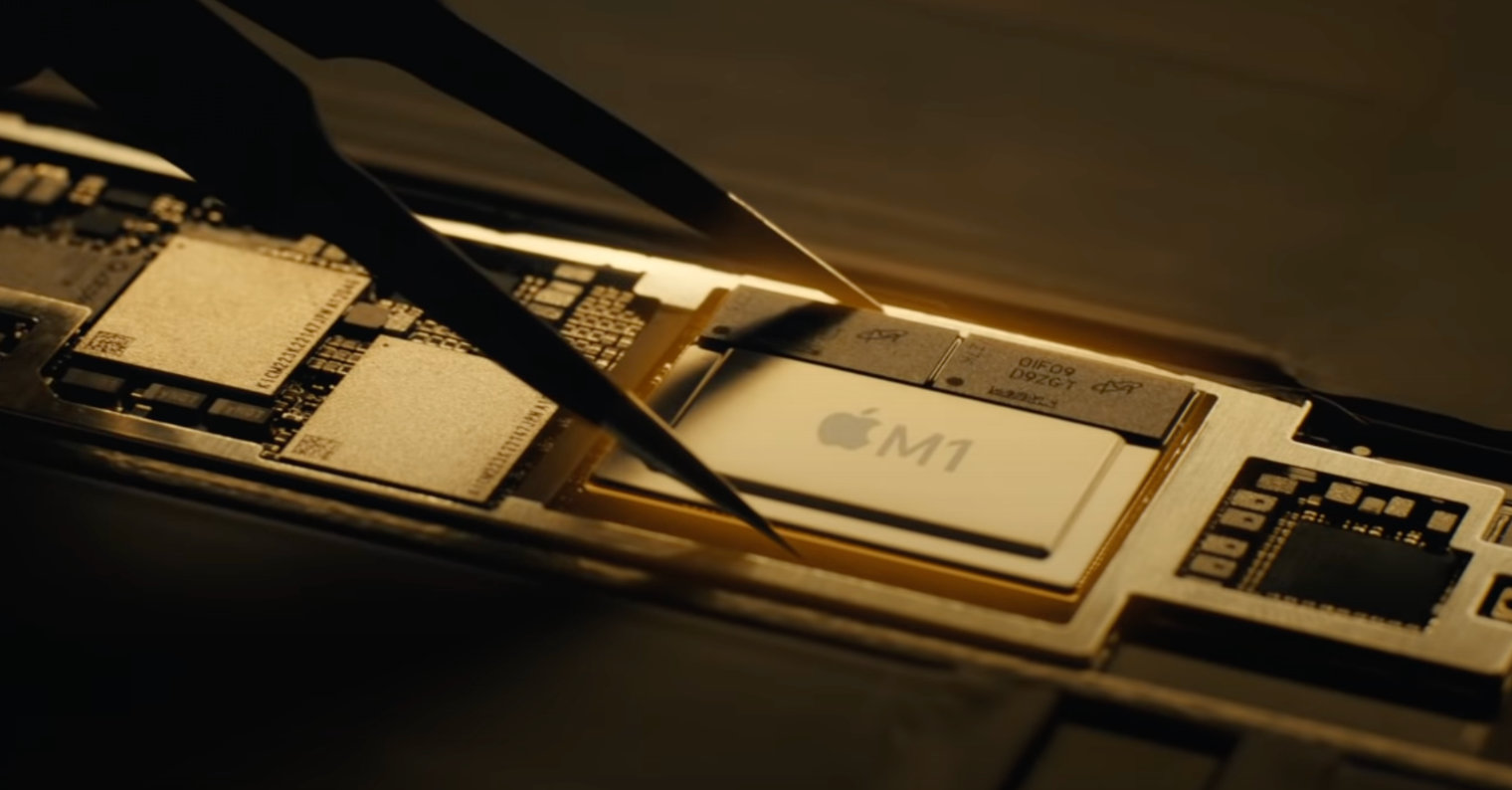
According to the current setup, it is clear that Apple will continue in a similar spirit. We can therefore preliminarily count on the deployment of M2 chips in iPad Pro and Air. But will it be any good at all? Of course, it would be best if Apple were slowly preparing for a substantial revolution of the iPadOS operating system, which would bring full-fledged multitasking, a top menu bar and a number of other necessary functions years later. But before we see something similar, we will see similar devices in the portfolio of the apple company, with an increasingly large gap between them.
It could be interest you
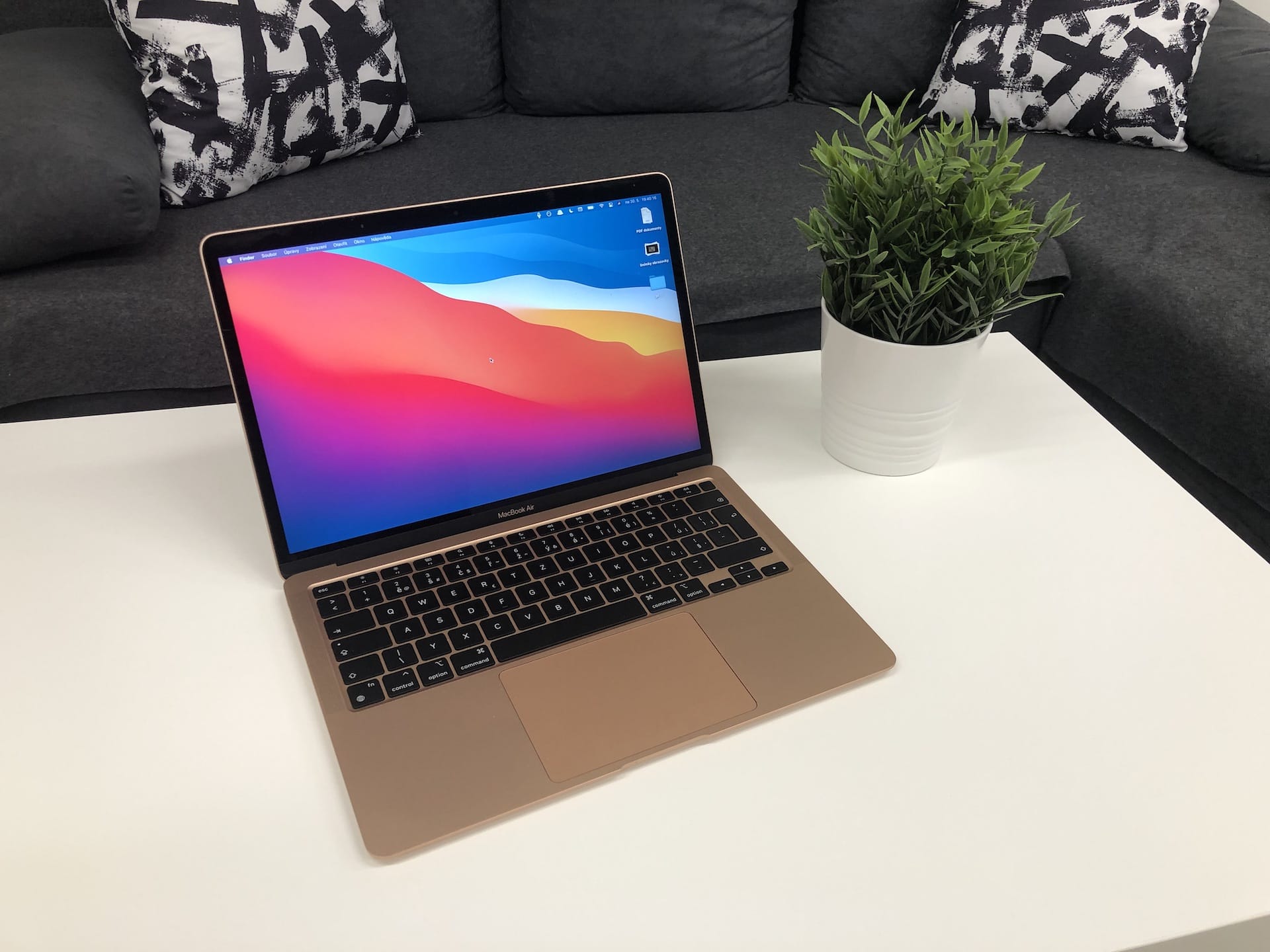
 Adam Kos
Adam Kos 
